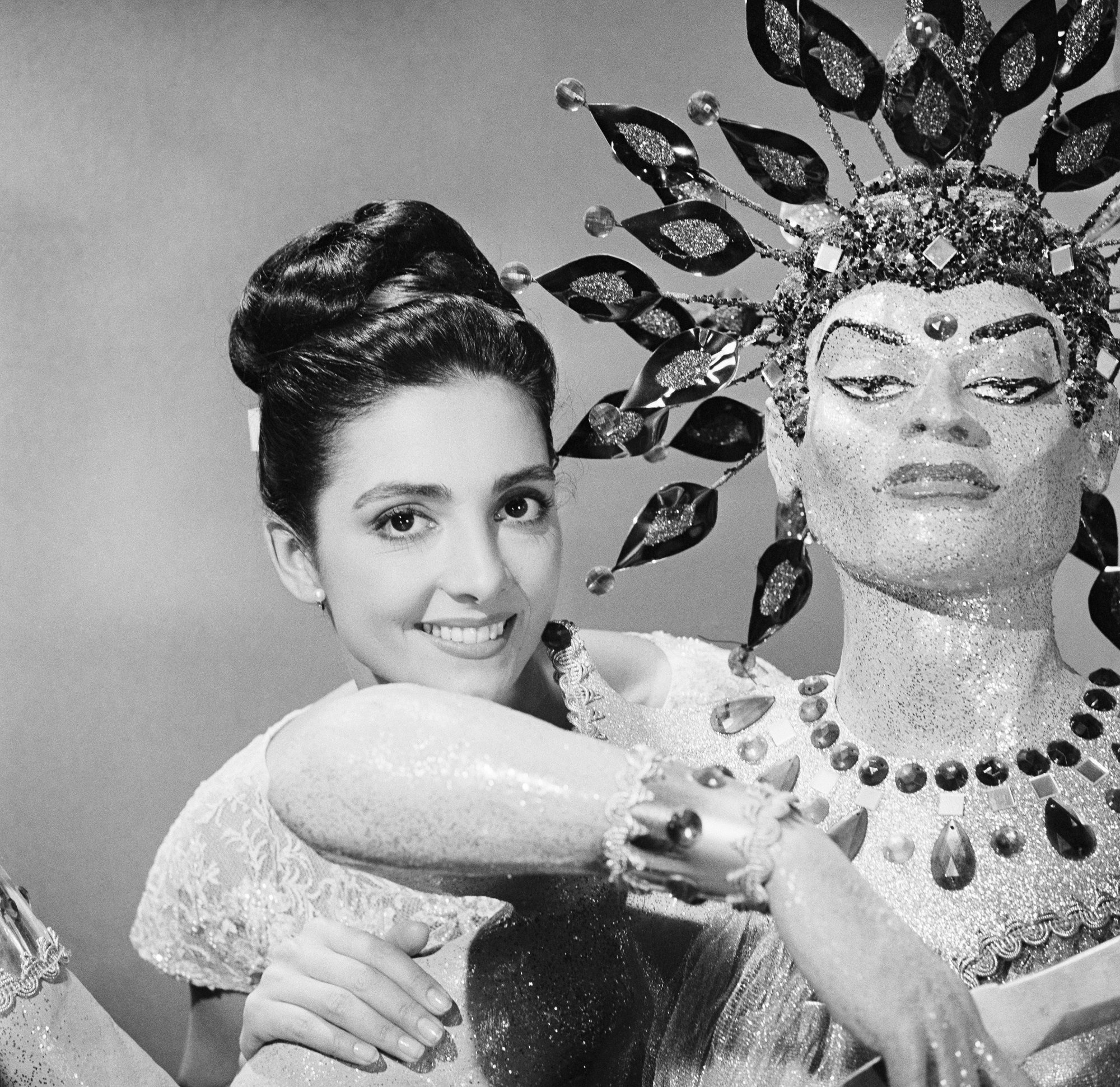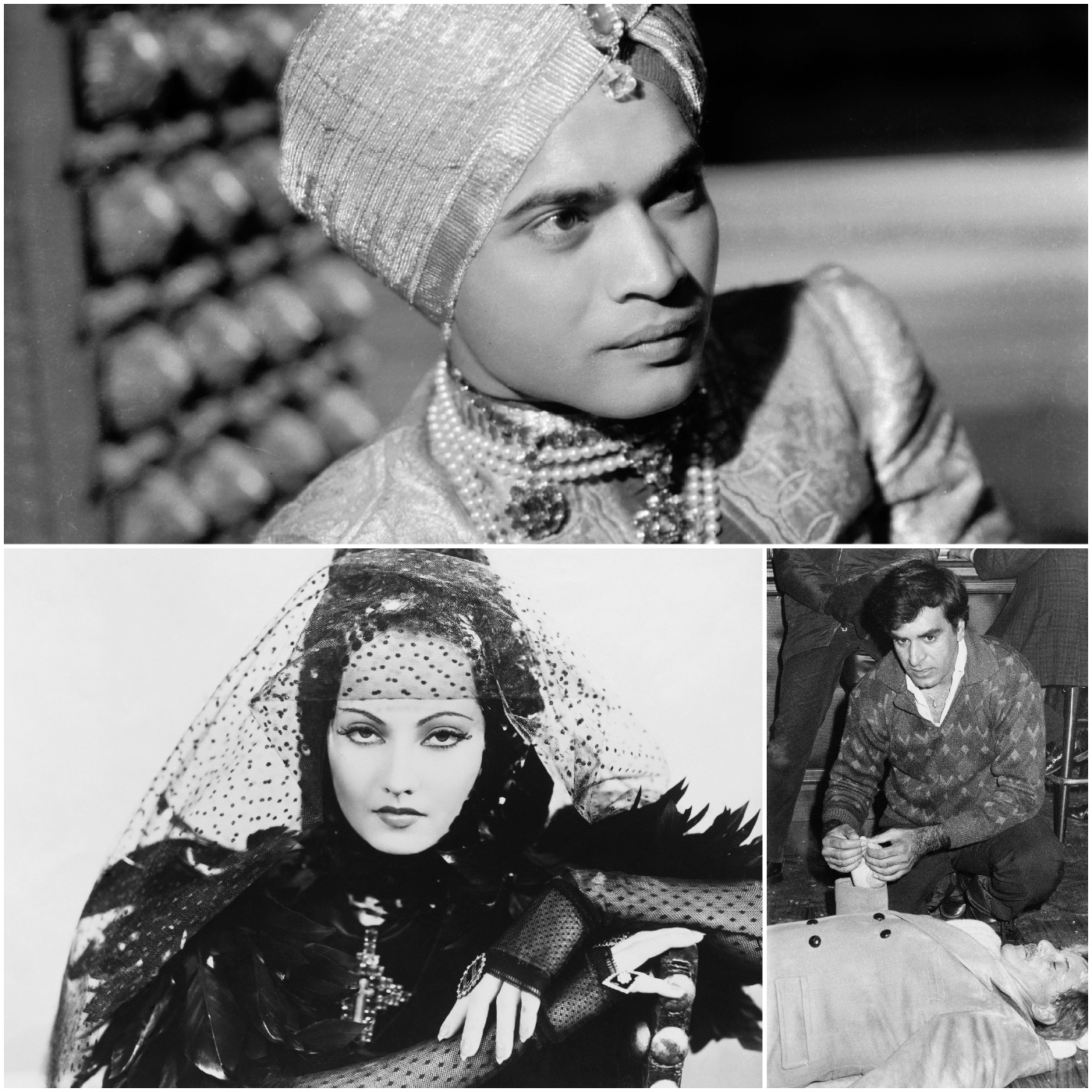
- Industry
Indians in Hollywood, Part 1
“The Indians are coming” is a phrase which no longer holds true in Hollywood as the Indians have already arrived and are busy leaving their make on the film industry. But it was not an easy path, the infant steps took years. Was it a matter of perception that held them back?
To some extent, I would say yes. Let us look back at the old Hollywood, during that period there were Latin actors such as Ramon Novarro, Rudolph Valentino, Dolores del Rio, Maria Felix, Maria Montez (known as the queen of Technicolor), Carmen Miranda, Cesar Romero, Anthony Quinn, Ricardo Montalban and Rita Hayworth. In Hollywood and in the public’s consciousness, Latin America was a place of romance, adventure, and music and this was reflected in the Hollywood cinema of that time. Then somewhere along the way, the perception changed and they were perceived as gardeners, waiters, maids and construction workers and role for them began to reflect the public’s perception.
During the same period, Indians were considered as people serving the Raj, primitive and walking around in draped clothes, India was the land of tigers and elephants as is reflected in a film that showcased a young Indian boy who went by the screen name of Sabu, the film was titled Elephant Boy. Sabu, although he got his start in the UK was soon enticed by Hollywood and became the first Indian actor to gain recognition the world over. Sabu whose real name was Selar Sabu was a Muslim who changed his last name to Dastagire. There was a large gap before any other actors of Indian descent would make a name for themselves in Hollywood, Sabu it should be noted has a star on the Hollywood walk of fame. Then came, via the UK, Anglo-Indian actress Merle Oberon who won an Academy Award for her role in The Dark Angel, even though she had a dusky complexion she would play all white characters in such films as Wuthering Heights, Scarlett Pimpernel, Private Life of Henry VIII and That Uncertain Feeling.
There was still a lack of representation of Indians on the cinema screens, they appeared as extras and had bit parts and were forced to talk in very thick Indian accents which made them sound almost comical to the western ear. In the early 60s, a few more Anglo-Indians made a small dent in Hollywood. First came Leela Naidu whose mother was French and father Indian, she was listed for several years running as one of the most beautiful women in the world, she had just starred in the Merchant/Ivory production House Holder when Universal Television took note of her performance and flew her in from India to play the lead role of a French girl in a movie of the week, but she ended up returning to India and furthering her career there.

Subcontinent pioneers: Sabu (top), Merle Oberon (bottom, left), Kavi Raz.
john kobal foundation/john springer collection-corbis/nbc universal/getty images
Then came Kamala Devi who was half English and starred alongside Burl Ives and Tony Randell in The Brass Bottle, she went on to do a few films and television shows and married one of her co-actors, Chuck Connors, and soon disappeared from the movie industry. Anna Kashif, whose real name was Joan O’Callaghan and who was on the threshold of making it in Hollywood in the late ’50s did one film, The Mountain, for Paramount and soon after married Marlon Brando.
It was in the mid-eighties that we saw an Indian play a regular part in a TV series, the series was St. Elsewhere and actor Kavi Raz who played a doctor in the series became the first Indian to have a TV series, but at that time the creators of the series did not know what to do with an ethnic character, he could not romance a white girl, they got him married off to an Indian girl who had no part whatsoever in the following episodes
There would be others, like the young Indian actress Persis Khambatta, who was Parsi played the part of Lieutenant Ilia in the very first Star Trek movie in 1979, she went on to play in a few movies and television shows. In the 90s Indians were perceived as technology professionals and people who were making a mark for themselves in the co-operative world and these roles began to come their way. How did this sudden change happen? It happened because over a period and in a very laid-back way Indians were gradually working their way into becoming showrunners, writers, and producers, they then, in turn, saw that Indians were represented as a fabric of this country.
People like Priyanka Chopra, Aziz Ansari, Mindy Kaling, Asif Mandvi began to become household names, a lot of them arising from the ranks of stand-up comedians to full-time TV and movie stars.